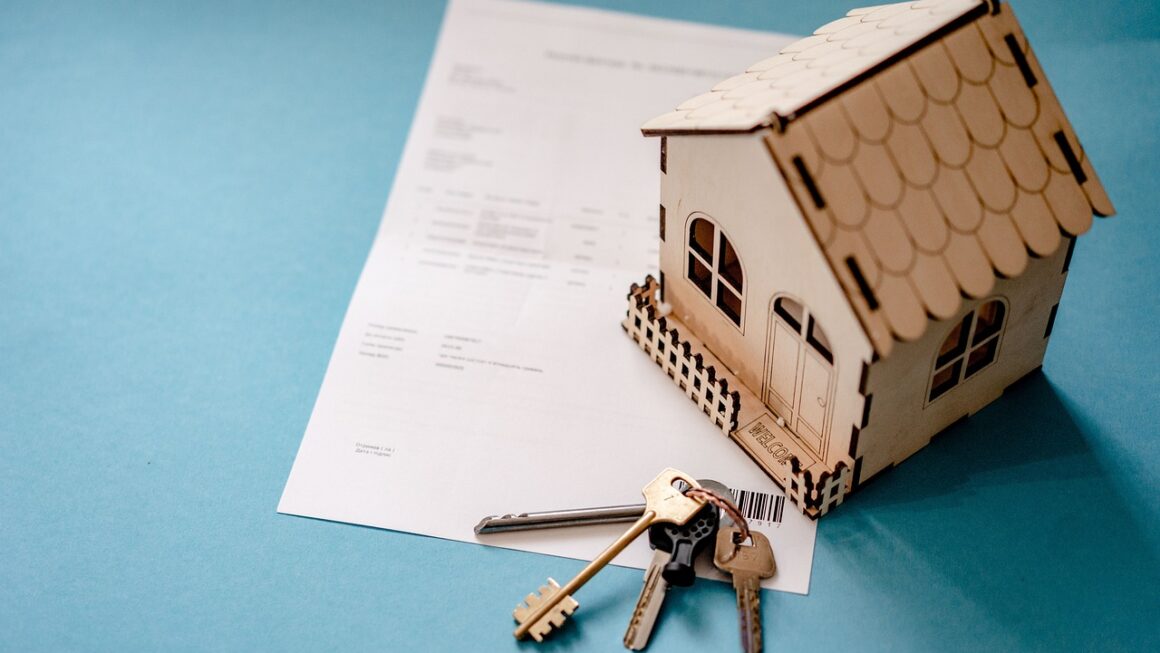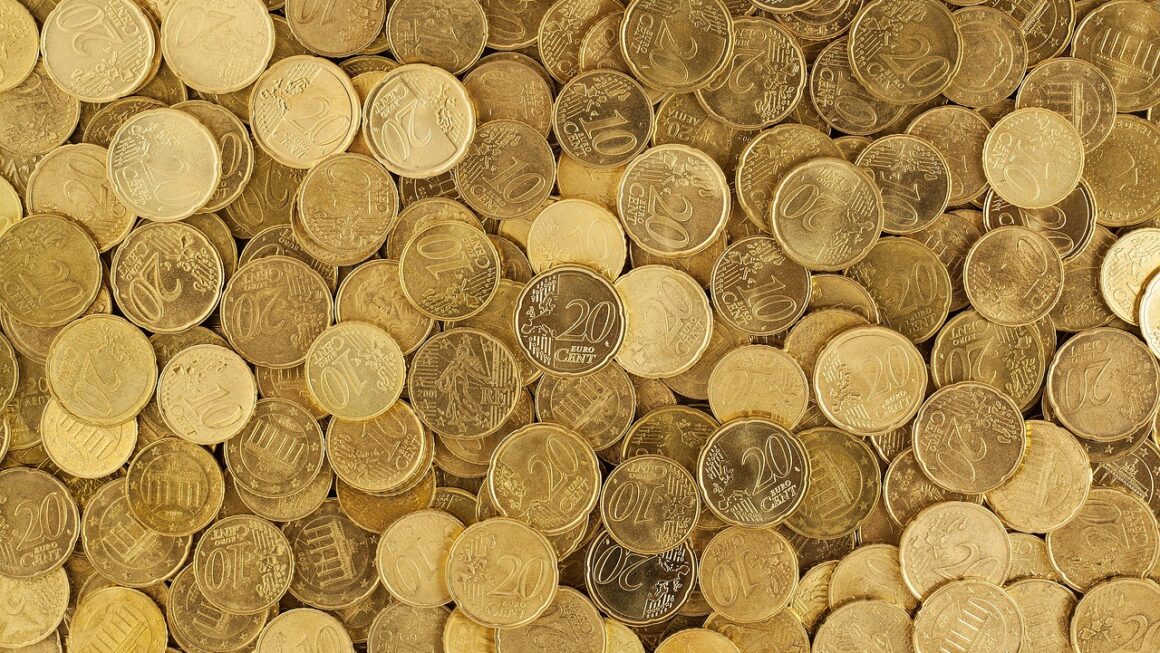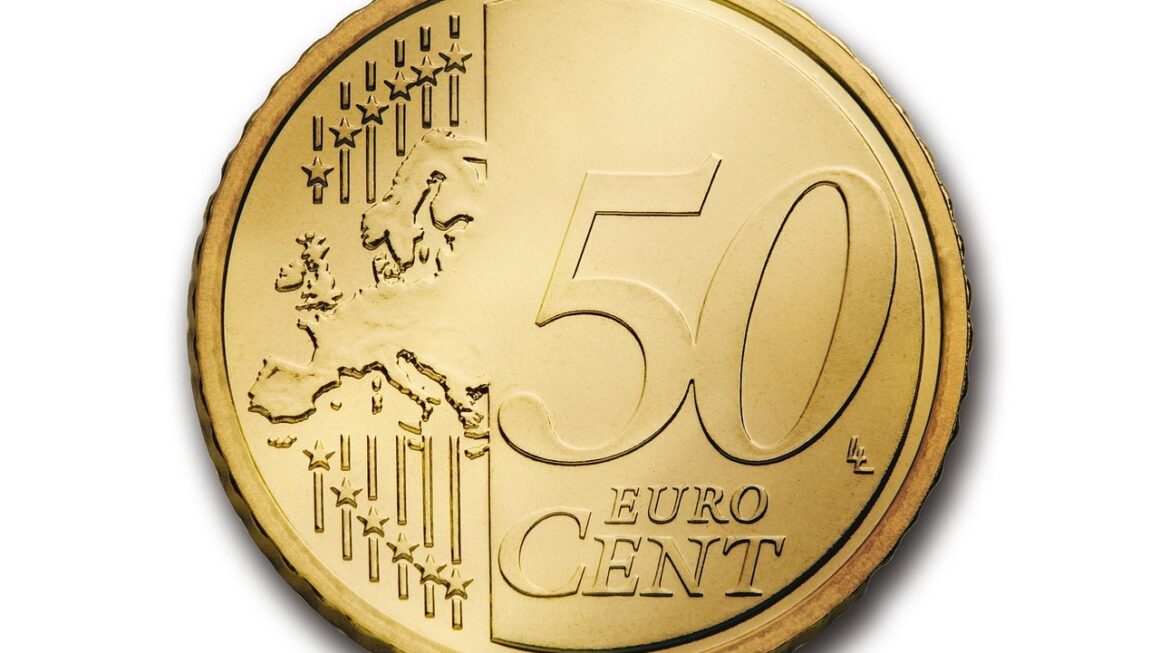Credit cards are powerful financial tools, but they can also be a source of stress if not managed responsibly. Understanding how to use credit cards strategically can help you build credit, earn rewards, and avoid costly debt. This guide provides practical tips and advice to help you navigate the world of credit cards with confidence.
Choosing the Right Credit Card
Selecting the right credit card is crucial. Different cards offer different benefits, so it’s essential to find one that aligns with your spending habits and financial goals.
Understanding Your Credit Score
- Why it matters: Your credit score is a three-digit number that reflects your creditworthiness. It influences your approval odds and the interest rate you’ll receive.
- How to check it: You can obtain free credit reports from Experian, Equifax, and TransUnion at AnnualCreditReport.com. Many credit card issuers also offer free credit score monitoring.
- Score ranges:
Poor: 300-579
Fair: 580-669
Good: 670-739
Very Good: 740-799
Excellent: 800-850
- Actionable Takeaway: Know your credit score before applying for a card. If your score is low, focus on improving it before seeking a premium rewards card.
Types of Credit Cards
- Rewards Cards: These cards offer rewards such as cash back, points, or miles for every dollar you spend.
Example: A cash back card that gives 2% back on groceries and 1% on everything else.
Tip: Choose a rewards card that aligns with your biggest spending categories (e.g., travel, dining, gas).
- Balance Transfer Cards: These cards offer a low or 0% introductory APR on balance transfers, allowing you to consolidate high-interest debt.
Example: Transferring a $5,000 balance from a card with a 18% APR to a balance transfer card with a 0% APR for 12 months can save you hundreds of dollars in interest.
Tip: Be aware of balance transfer fees, which usually range from 3-5% of the transferred amount.
- Low-Interest Cards: These cards offer a lower-than-average APR, making them suitable for individuals who carry a balance.
Example: If you consistently carry a $2,000 balance, a card with a 12% APR will save you more money in interest compared to a card with an 18% APR.
- Secured Cards: These cards require a security deposit and are designed for individuals with limited or poor credit history.
Example: You deposit $200 and receive a credit line of $200. Responsible use can help improve your credit score.
- Actionable Takeaway: Research different types of credit cards and choose one that aligns with your financial situation and spending habits. Consider rewards, interest rates, and fees.
Responsible Credit Card Usage
Using credit cards responsibly is essential for building and maintaining a healthy credit score and avoiding debt.
Paying Your Bills on Time
- Why it’s important: Payment history is the most significant factor in your credit score.
- Consequences of late payments: Late payments can result in late fees, increased interest rates, and negative marks on your credit report.
- Setting up automatic payments: Automate your payments to ensure you never miss a due date.
- Practical example: Set up automatic payments for at least the minimum amount due. Consider paying the full statement balance to avoid interest charges.
- Actionable Takeaway: Always pay your credit card bills on time, every time. Consider setting up automatic payments to avoid missed deadlines.
Keeping Your Credit Utilization Low
- What is credit utilization? It’s the amount of credit you’re using compared to your total credit limit.
- Ideal utilization ratio: Aim to keep your credit utilization below 30%. Experts suggest even lower, ideally below 10%.
- Example: If you have a credit card with a $10,000 limit, try to keep your balance below $3,000 (30% utilization) or even $1,000 (10% utilization).
- Strategies to lower utilization:
Make multiple payments throughout the month.
Request a credit limit increase.
Open a new credit card (only if you can manage it responsibly).
- Actionable Takeaway: Monitor your credit utilization and strive to keep it below 30%. This demonstrates responsible credit management to lenders.
Avoiding Cash Advances
- Why to avoid them: Cash advances typically come with high fees and interest rates, and they don’t usually qualify for grace periods.
- Fees and interest: Cash advance fees can be 3-5% of the amount advanced, and the APR is often higher than the purchase APR.
- Example: Taking out a $500 cash advance with a 5% fee and a 25% APR can quickly become expensive.
- Alternatives: Consider using a debit card or other payment methods for cash needs.
- Actionable Takeaway: Avoid cash advances whenever possible due to high fees and interest rates.
Monitoring Your Credit Card Statements
- Catching errors: Review your statements carefully each month to identify unauthorized transactions or billing errors.
- Reporting fraud: Report any fraudulent activity to your credit card issuer immediately.
- Setting up alerts: Set up transaction alerts to receive notifications for purchases, payments, and other account activity.
- Example: Regularly check your online statement for suspicious activity. If you see a charge you don’t recognize, contact your credit card company immediately.
- Actionable Takeaway: Regularly monitor your credit card statements and set up alerts to quickly identify and address any fraudulent or incorrect charges.
Maximizing Credit Card Rewards
If you’re using a rewards credit card, it’s essential to maximize the benefits you receive.
Understanding Reward Programs
- Cash back: Earn a percentage of your spending back as cash.
- Points: Accumulate points that can be redeemed for travel, merchandise, or gift cards.
- Miles: Earn miles that can be used for flights, hotels, and other travel expenses.
- Example: A travel rewards card may offer 2x points on travel and dining purchases and 1x point on all other purchases. These points could then be redeemed for flights.
- Actionable Takeaway: Understand the terms and conditions of your credit card’s rewards program, including redemption options and expiration dates.
Strategic Spending
- Category bonuses: Many cards offer higher rewards rates for specific spending categories, such as gas, groceries, or dining.
- Maximizing earnings: Use the right card for each purchase to maximize your rewards.
- Example: Use a gas rewards card at the gas station, a grocery rewards card at the grocery store, and a general rewards card for everything else.
- Actionable Takeaway: Strategically use your credit cards to maximize rewards based on spending categories.
Redeeming Rewards Wisely
- Value of rewards: Different redemption options may offer different values.
- Best redemption options: Often, cash back or travel redemptions provide the best value.
- Example: Redeeming points for cash back may offer a higher value than redeeming them for merchandise.
- Actionable Takeaway: Research the value of different redemption options to maximize the benefits of your rewards.
Protecting Yourself from Credit Card Fraud
Credit card fraud is a serious issue, so it’s crucial to take steps to protect yourself.
Safeguarding Your Credit Card Information
- Online security: Be cautious when entering your credit card information online. Look for the “https” in the URL and a padlock icon in the address bar.
- Phishing scams: Be wary of suspicious emails or phone calls asking for your credit card information.
- Skimming: Protect your card from skimming devices at ATMs and gas pumps.
- Example: Use a strong password and enable two-factor authentication on your credit card accounts.
- Actionable Takeaway: Be vigilant about protecting your credit card information online and offline.
Monitoring Your Credit Report
- Detecting fraud: Regularly check your credit report for unauthorized accounts or activity.
- Free credit reports: You can obtain free credit reports from each of the three major credit bureaus (Experian, Equifax, and TransUnion) at AnnualCreditReport.com.
- Credit monitoring services: Consider using a credit monitoring service to receive alerts about changes to your credit report.
- Example: Review your credit report at least once a year to identify any signs of fraud.
- Actionable Takeaway: Regularly monitor your credit report for signs of fraud and take action immediately if you suspect any unauthorized activity.
Conclusion
Using credit cards wisely requires understanding their benefits and risks. By choosing the right card, using it responsibly, maximizing rewards, and protecting yourself from fraud, you can leverage credit cards to build credit, earn rewards, and achieve your financial goals. Always remember to prioritize responsible spending habits and pay your bills on time to maintain a healthy credit profile.




